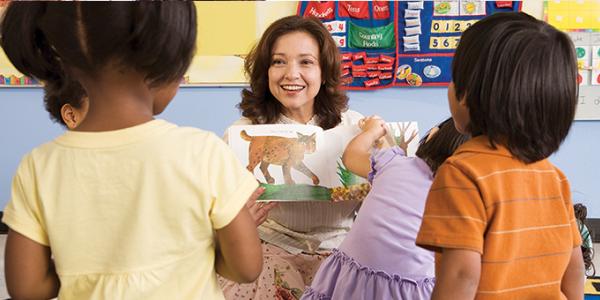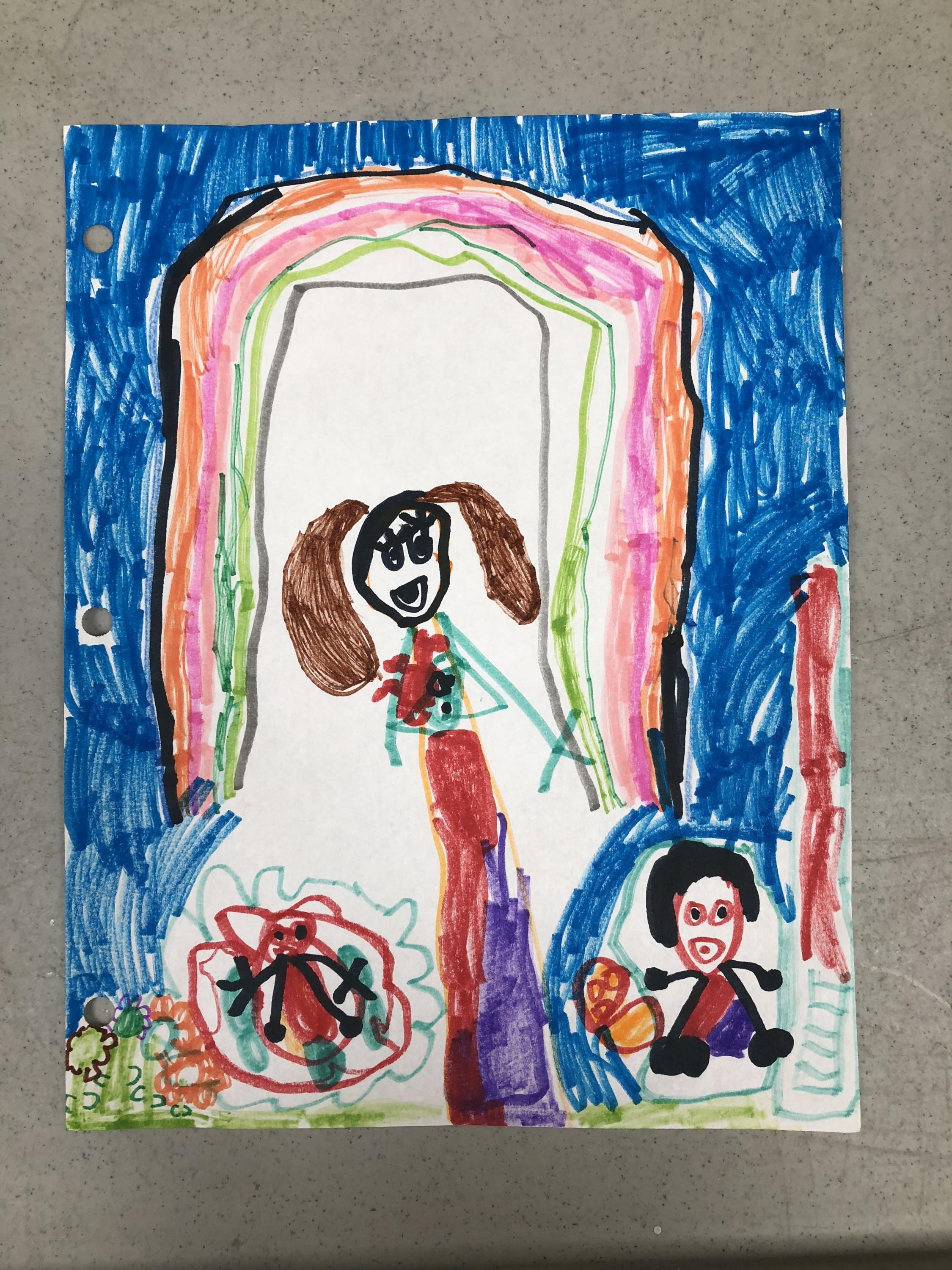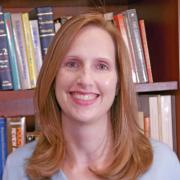Language and Literacy Development: Research-Based, Teacher-Tested Strategies

You are here
“Why does it tick and why does it tock?”
“Why don’t we call it a granddaughter clock?”
“Why are there pointy things stuck to a rose?”
“Why are there hairs up inside of your nose?”
She started with Why? and then What? How? and When? By bedtime she came back to Why? once again. She drifted to sleep as her dazed parents smiled at the curious thoughts of their curious child, who wanted to know what the world was about. They kissed her and whispered, “You’ll figure it out.”
—Andrea Beaty, Ada Twist, Scientist
I have dozens of favorite children’s books, but while working on this cluster about language and literacy development, Ada Twist, Scientist kept coming to mind. Ada is an African American girl who depicts the very essence of what it means to be a scientist. The book is a celebration of children’s curiosity, wonder, and desire to learn.
The more I thought about language and literacy, the more Ada became my model. All children should have books as good as Ada Twist, Scientist read to them. All children should be able to read books like Ada Twist, Scientist by the end of third grade. All children should be encouraged to ask questions about their world and be supported in developing the literacy tools (along with broad knowledge, inquiring minds, and other tools!) to answer those questions. All children should see themselves in books that rejoice in learning.
Early childhood teachers play a key role as children develop literacy. While this cluster does not cover the basics of reading instruction, it offers classroom-tested ways to make common practices like read alouds and discussions even more effective.

This drawing is by a 4-year-old at Bet Yeladim Preschool in Columbia, MD,
who wants to become an infant educator. She submitted a job application
to Bet Yeladim and included this drawing to show her skills!
The cluster begins with “Enhancing Toddlers’ Communication Skills: Partnerships with Speech-Language Pathologists,” by Janet L. Gooch. In a mutually beneficial partnership, interns from a university communication disorders program supported Early Head Start teachers in learning several effective ways to boost toddlers’ language development, such as modeling the use of new vocabulary and expanding on what toddlers say. (One quirk of Ada Twist, Scientist is that Ada doesn’t speak until she is 3; in real life, that would be cause for significant concern. Having a submission about early speech interventions was pure serendipity.) Focusing on preschoolers, Kathleen M. Horst, Lisa H. Stewart, and Susan True offer a framework for enhancing social, emotional, and academic learning. In “Joyful Learning with Stories: Making the Most of Read Alouds,” they explain how to establish emotionally supportive routines that are attentive to each child’s strengths and needs while also increasing group discussions. During three to five read alouds of a book, teachers engage children in building knowledge, vocabulary, phonological awareness, and concepts of print.
Next up, readers go inside the lab school at Stepping Stones Museum for Children. In “Equalizing Opportunities to Learn: A Collaborative Approach to Language and Literacy Development in Preschool,” Laura B. Raynolds, Margie B. Gillis, Cristina Matos, and Kate Delli Carpini share the engaging, challenging activities they designed with and for preschoolers growing up in an under-resourced community. Devondre finds out how hard Michelangelo had to work to paint the ceiling of the Sistine Chapel, and Sayo serves as a guide in the children’s classroom minimuseum— taking visitors to her artwork!
Moving into first grade, Laura Beth Kelly, Meridith K. Ogden, and Lindsey Moses explain how they helped children learn to lead and participate in meaningful discussions of literature. “Collaborative Conversations: Speaking and Listening in the Primary Grades” details the children’s progress (and the teacher’s methods) as they developed discussion-related social and academic skills. Although the first graders still required some teacher facilitation at the end of the school year, they made great strides in preparing for conversations, listening to their peers, extending others’ comments, asking questions, and reflecting on discussions.
Rounding out the cluster are two articles on different aspects of learning to read. In “Sounding It Out Is Just the First Step: Supporting Young Readers,” Sharon Ruth Gill briefly explains the complexity of the English language and suggests several ways teachers can support children as they learn to decode fluently. Her tips include giving children time to self-correct, helping them use semantic and syntactic cues, and analyzing children’s miscues to decide what to teach next.
In “Climbing Fry’s Mountain: A Home–School Partnership for Learning Sight Words,” Lynda M. Valerie and Kathleen A. Simoneau describe a fun program for families. With game-like activities that require only basic household items, children in kindergarten through second grade practice reading 300 sight words. Children feel successful as they begin reading, and teachers reserve instructional time for phonological awareness, phonics, vocabulary, and other essentials of early reading.
At the end of Ada Twist, Scientist, there is a marvelous illustration of Ada’s whole family reading. “They remade their world—now they’re all in the act / of helping young Ada sort fiction from fact.” It reminds me of the power of reading and of the important language and literacy work that early childhood educators do every day.
—Lisa Hansel
We’d love to hear from you!
Send your thoughts on this issue, as well as topics you’d like to read about in future issues of Young Children, to [email protected].
Would you like to see your children’s artwork featured?
For guidance on submitting print-quality photos (as well as details on permissions and licensing), see NAEYC.org/resources/pubs/authors-photographers/photos.
Is your classroom full of children’s artwork?
To feature it in Young Children, see the link at the bottom of the page or email [email protected] for details.
Lisa Hansel, EdD, is the editor in chief of NAEYC's peer-reviewed journal, Young Children.

